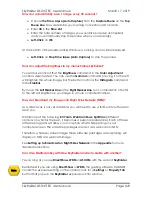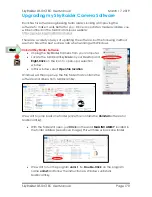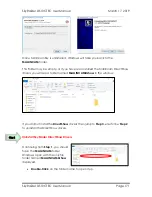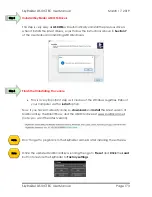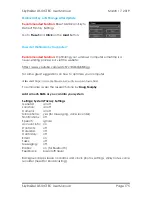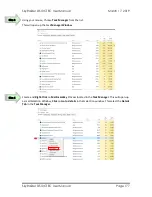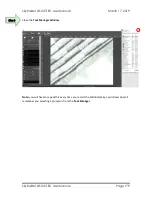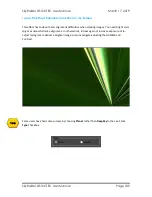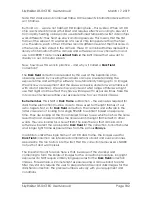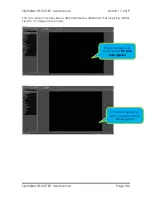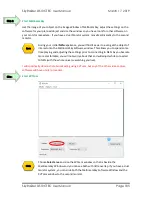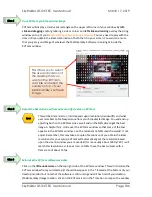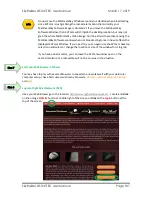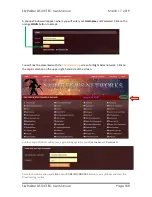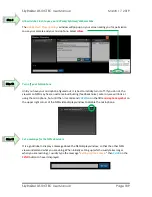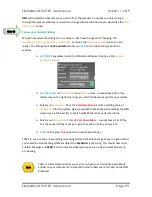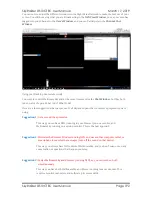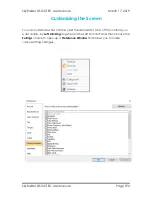
SkyRaider DS10CTEC User Manual
March 17, 2019
SkyRaider DS10CTEC User Manual
Page 181
Dark Field Explanation
The following is the best explanation of what Dark Field is, and it comes from the
work of
Simon Hanmer
.
Dark Frame vs Dark Field
Dark Frame Subtraction
First, take an image with the camera shutter closed or the camera/scope
covered under the same conditions of exposure time and temperature as the
light frames you are going to capture of your astronomical target. Many
astronomers will take ten or more such dark frames and then combine them into
a master dark frame, principally for statistical reasons: the more sub-frames, the
better quality of master frame.
This will give you a single (master) frame of hot and warm pixels generated in the
imaging chip, electronically and thermally, including amplifier glow.
Second, subtract the dark frame from each of the light frames in order to
remove hot and warm pixels and amplifier glow. However, other noise will remain
and needs to be removed with other manipulations and software.
Dark Field Correction
Dark Field
correction is another matter entirely. It does not refer to a single image
and the recommended/default 10 frames captured to perform the
Dark Field
correction are not used to generate a master frame
–
nor are they simply
subtracted from the light frames.
Instead, the 10 frames are first used to perform a
running stacking
, analogous to
the stacking procedure applied in both the SSI software and the new
Universe/SSI software.
Running Stacking:
the first frame in the series of 10 is recorded in the camera as
is. Then the first and second frames in the series of 10 are combined to form a
new frame that is also recorded. Then the third frame is combined with the
preceding 2 frames to for
m yet another combined frame that is also recorded …
and so on until you end up with 10 frames in a series that represent 1, 2, 3, 4, 5, 6,
7, 8, 9 and 10 combined frames, respectively.


